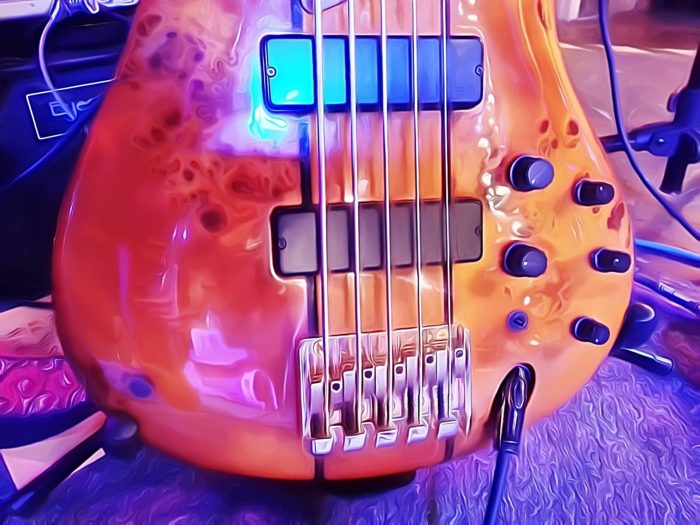You can hear low-frequency information just fine at short range.
Please Remember:
The opinions expressed are mine only. These opinions do not necessarily reflect anybody else’s opinions. I do not own, operate, manage, or represent any band, venue, or company that I talk about, unless explicitly noted.

 Want to use this image for something else? Great! Click it for the link to a high-res or resolution-independent version.
Want to use this image for something else? Great! Click it for the link to a high-res or resolution-independent version.There are wonderful people doing wonderful work in this business who will lie to you. They won’t mean to do it, but they’ll do it just the same.
They’ll tell you that clipping contains direct current. (It doesn’t.)
They’ll insist that digital audio works in basically the same way as “raster” graphics. (It doesn’t.)
And they’ll say that you have to be at least 1/2 wavelength from a sound source to hear the corresponding frequency content.
To quote the gentlemen from “Car Talk:” Bo-oh-oh-oh-gus!
I’ve heard this myth from an assortment of well-meaning people. A large percentage of those people are folks that I completely respect. It’s still a myth, though.
Have You Listened On Headphones Lately?
…and, if you haven’t listened on headphones, have you listened to music in a car? Or, have you listened to a mix on nearfield monitors? If the 1/2 wavelength rule was true, and you were sitting, say, 2 feet from the loudspeakers, how could you hear anything under about 300 Hz? If you were listening in headphones, how could you hear anything at all? That distance is pretty close to zero.
I am, at the very moment of this writing, sitting about two feet from a pair of studio monitors. I have my copy of Reaper open, with the included tone-generator running. There’s a clearly audible 50 Hz sine-wave emanating from the setup. If I had to be a minimum of 1/2 wavelength from the boxes in order to hear 50 Hz, I would have to be about 11 feet away.
You absolutely CAN hear low frequency information at close range, because you hear frequency, not wavelength.
The Kernel Of Truth
So, why does the myth persist, if it’s so easy to prove incorrect?
If I had my guess, it would be that earnest, smart people with good intentions can still misinterpret observations. Acoustical phenomena in a room can make it difficult to hear bass at certain points in the room. For instance, when I worked at Fats Grill, the mixing console was tucked into a sort of shallow corner. That area was a great bass-chamber. Lots of bottom end built up there, giving a false sense of what was going on below 100 Hz. If you moved about 3 – 6 feet to the right, most of the deep LF flat-out disappeared. The effect was NOT subtle.
It’s entirely possible, then, that other folks in other rooms have stood in places where low frequency information was canceling – or even just “normal” – and have then moved to a spot where bass was collecting and reinforcing itself. A distinct possibility is that they found the peak of a standing wave while walking away from the stage. With their teeth suddenly rattling out of their skulls, they think, “Ah ha! You have to be a certain distance away from things to really hear the bass!”
And that’s true…in that room, at that frequency, under those acoustical conditions.
It’s also possible to setup a PA such that LF cancels in a helpful (or unhelpful) way. For instance, Dave Rat created a subwoofer setup for Bassnectar that created 360-degree coverage, and did so WITHOUT flattening Lorin Ashton at the center. A person who was listening to the system at the midpoint could erroneously come to the conclusion that you have to be farther away to hear the subwoofers properly, due to the (intentional!) level loss at the center area of the deployment.
Thus, the myth survives, but it’s still untrue. You can be an inch from a bass rig or subwoofer box and hear all the output just fine. You can then move a few feet, and have acoustics kill everything. There’s no “universal minimum distance” for hearing LF, although a particular venue or setup might have some peculiarities.